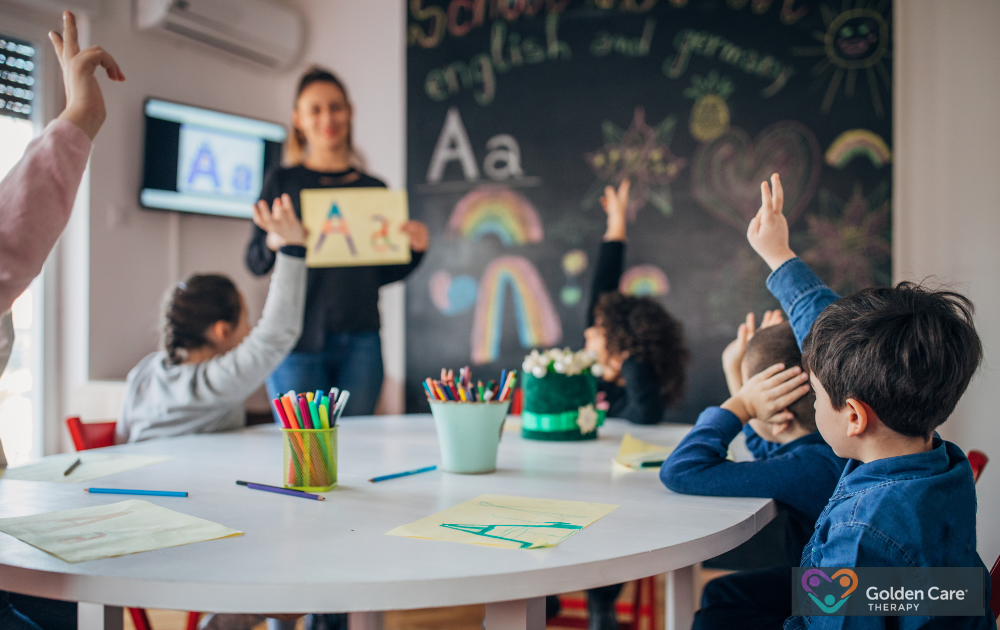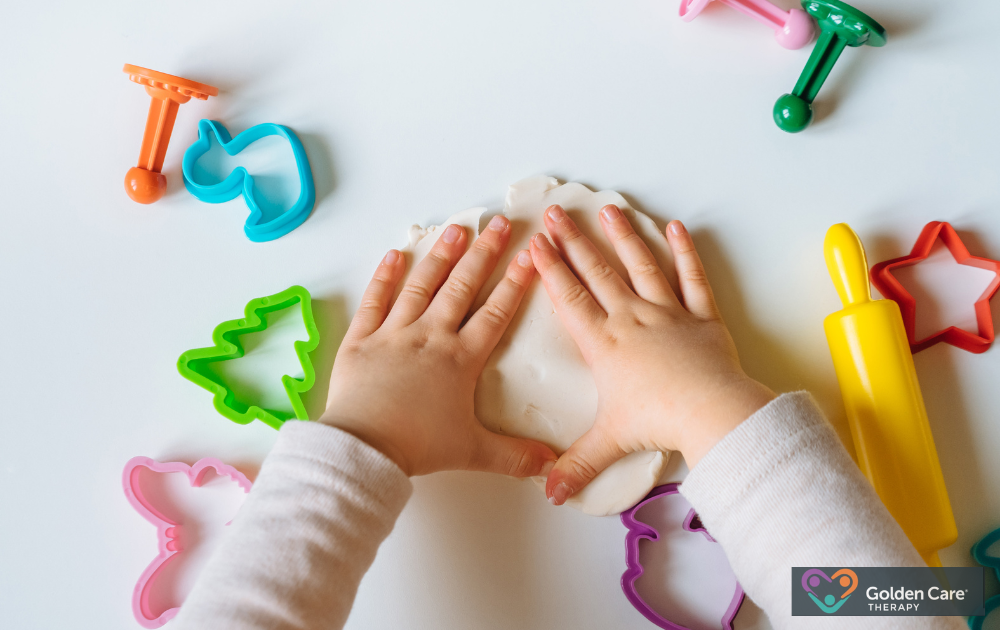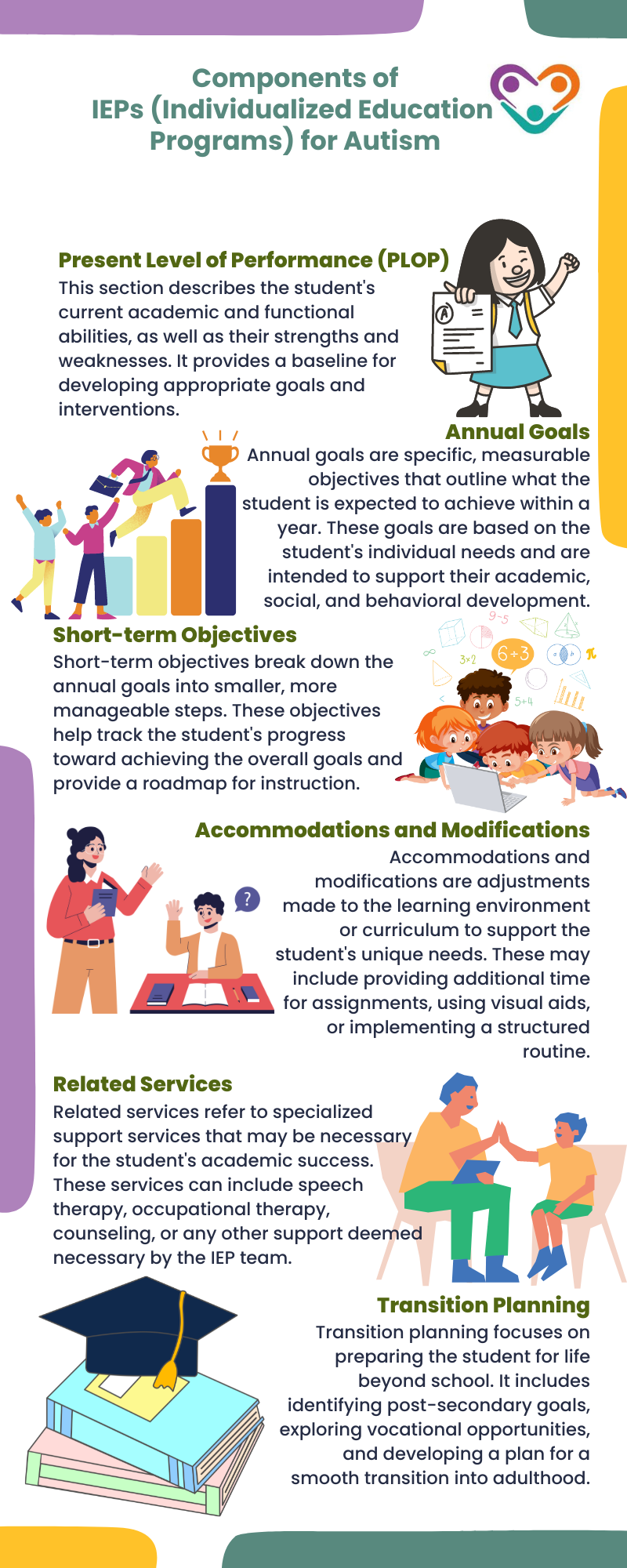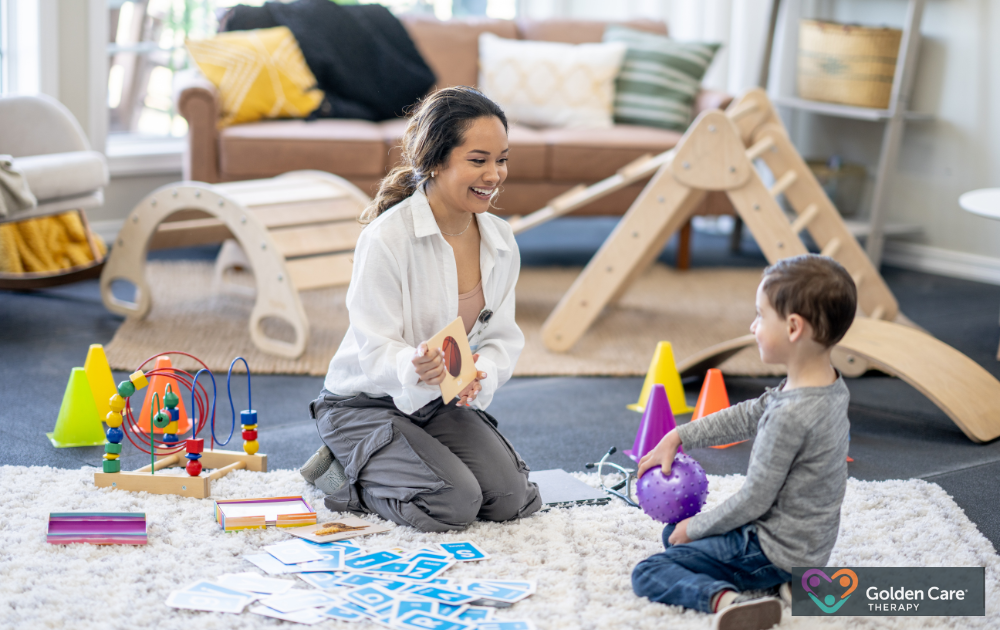In order to effectively support individuals with autism in their learning journey, it is important to have a clear understanding of autism and its impact on learning.
In this article, we’re going to explore various learning styles that parents and teachers can use when teaching autistic individuals.

Autism Learning Styles
In terms of understanding how individuals with autism learn, it’s important to recognize that each person has their own unique learning style. By identifying and catering to these learning styles, parents and caregivers can support the educational needs of individuals with autism.
There are several learning styles observed in individuals with autism. Let’s take a look at each of them.
Visual Learners
Visual learners rely on visual cues and aids to process and retain information. They benefit from seeing information presented in a visual format, such as pictures, charts, or diagrams. Visual aids can help them better understand concepts, improve comprehension, and enhance memory retention.
Studies have shown that visual aids play a crucial role in supporting the learning of individuals with autism.
One research found that visual learning strategies significantly improved learning outcomes for autistic individuals. This means that when teaching visual learners with autism, it is helpful to use visual schedules, visual timers, and visual prompts. These tools can assist in providing clear instructions, establishing routines, and promoting independence in daily activities.
Auditory Learners

Auditory learners learn best through sound and verbal information. They excel in processing information through listening and spoken language. For individuals with autism who are auditory learners, auditory stimuli can enhance their learning experience.
Research conducted by Patel et al. emphasized the importance of auditory stimuli in enhancing learning for individuals with autism. Incorporating auditory cues, such as using recorded instructions, verbal explanations, or audiobooks, can help engage auditory learners and support their understanding of concepts.
When working with auditory learners, it can be beneficial to minimize visual distractions and provide clear verbal instructions. Utilizing repetition and verbal cues can also aid in reinforcing information.
Kinesthetic Learners
Kinesthetic learners learn best through movement and physical activities. They have a preference for hands-on experiences and benefit from engaging their sense of touch and body movements to understand and retain information.
Kinesthetic learning can help individuals with autism improve focus, attention, and memory. Incorporating sensory activities, interactive games, and manipulatives can engage kinesthetic learners and enhance their learning experience.
When teaching kinesthetic learners with autism, providing opportunities for movement and incorporating tactile elements into lessons can be highly effective. Hands-on activities, such as building models, using sensory materials, or engaging in role-playing exercises, can help reinforce concepts and promote active learning.

Strategies for Teaching Autistic Learners
When teaching individuals with autism, it’s important to employ strategies that cater to their unique learning styles. By understanding and utilizing these strategies, parents and caregivers can create an inclusive and supportive learning environment.
To help with that, here are three effective strategies that parents and teachers can use:
Visual Aids
Visual aids play a crucial role in supporting the learning of individuals with autism. Visual aids can include visual schedules, social stories, visual cues, and graphic organizers. These tools provide concrete visual representations of concepts, routines, and expectations, helping individuals with autism to better understand and navigate their learning environment.
Visual aids provide structure, promote independence, and enhance communication and comprehension skills.
By incorporating visual aids into teaching, parents and caregivers can create a visual-rich environment that fosters engagement, reduces anxiety, and promotes learning for individuals with autism.
Structured Routine
Establishing a structured routine is essential for individuals with autism as it provides predictability and a sense of security. Creating a structured routine involves establishing clear and consistent expectations, organizing activities in a predictable order, and providing visual cues to indicate transitions. This helps individuals with autism anticipate what will happen next, reducing anxiety and promoting a sense of control.
A structured routine also aids in developing time management skills and promoting independence.
By implementing a structured routine, parents and caregivers can create a stable and supportive learning environment that enhances the engagement and learning outcomes of individuals with autism.
Hands-On Activities

Hands-on activities are highly effective in engaging individuals with autism and promoting active learning.
Hands-on activities involve interactive and tactile experiences that allow individuals with autism to explore and manipulate objects. These activities provide concrete and sensory input, facilitating comprehension and retention of information. Hands-on activities promote problem-solving skills, fine motor development, and social interaction.
By incorporating hands-on activities into teaching, parents and caregivers can create dynamic and engaging learning experiences that cater to the unique needs and strengths of individuals with autism.
Individualized Education Programs (IEPs) for Autism
An Individualized Education Program (IEP) plays a crucial role in providing tailored education and support for autistic individuals. It is a legally binding document that outlines the specific learning goals and accommodations for a student with autism.
In this section, we’ll explore the components of an IEP and the importance of tailoring learning goals for students with autism.
Components of an IEP
An IEP consists of several key components that are designed to address the unique needs of students with autism. These components include the following:

Tailoring Learning Goals
One of the fundamental principles of an IEP is tailoring learning goals to meet the individual needs of students with autism. Each student with autism is unique, and their IEP should reflect their specific strengths, challenges, and interests.
By tailoring learning goals, educators can create a supportive and inclusive learning environment that maximizes the student’s potential.
When setting learning goals for students with autism, it is essential to consider their developmental level, sensory sensitivities, communication skills, and social abilities. Goals should be meaningful, measurable, and achievable, allowing the student to make progress at their own pace.
It’s important to involve parents, caregivers, and other professionals who work closely with the student in the goal-setting process to ensure a comprehensive and collaborative approach.

Professional Services
While parents and caregivers play a crucial role in supporting individuals with autism, it’s also important to seek professional services when needed. Professional services may include therapy, counseling, educational assessments, and specialized interventions.
Working with professionals who have expertise in autism can provide valuable insights and guidance tailored to the unique needs of the individual. These professionals can assess the individual’s strengths and challenges, develop personalized strategies, and offer ongoing support.
Research published in the Journal of Autism and Developmental Disorders highlights the utilization of professional services among parents of children with autism spectrum disorders.
Seeking professional assistance can enhance the individual’s learning experience and ensure that they receive the necessary support for their overall development.
By learning the different learning styles of autistic individuals, parents and caregivers can have an understanding of how their kids can learn and develop in the most efficient manner. It also allows them to tailor their teaching materials and approaches for their kids.
Research continues to shed light on the neurological basis of sensory issues in autism, offering hope for more targeted and effective therapies in the future. By recognizing and addressing sensory processing difficulties, we can improve the quality of life for individuals with autism and their families. If you’re seeking specialized ABA therapy in New Jersey, Indiana, Georgia, and New York, Golden Care offers comprehensive services tailored to meet the unique needs of each individual. Contact us to learn more or book a consultation today.
Sources:
https://www.forbrain.com/autism-learning/autism-learning-styles
https://www.spero.academy/news/01cgj0h0rrwb2r6d96zt9xfq3p/autism-in-the-classroom-learning-styles
https://www.mylearningally.com/autism-learning-styles-what-to-know



